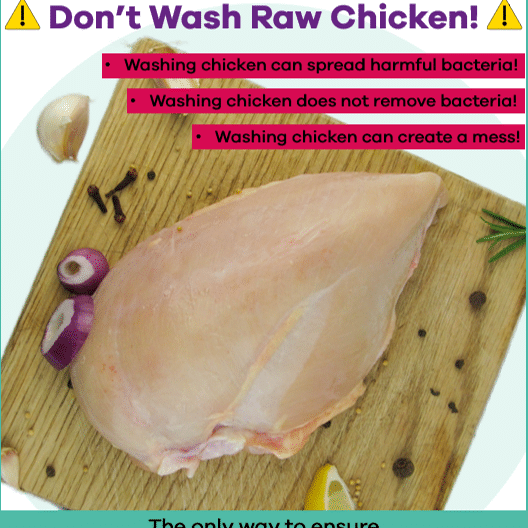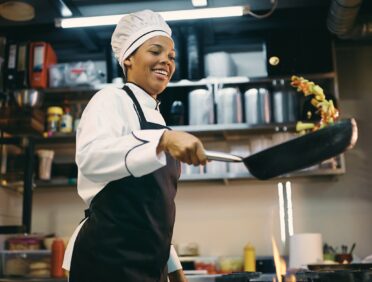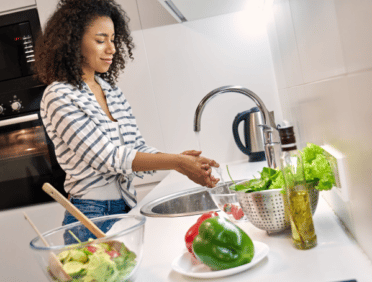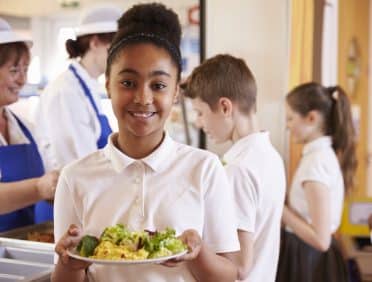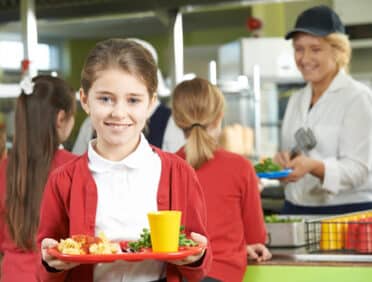It is not recommended to wash raw chicken because it can actually increase the risk of foodborne illness.
Here are three reasons why you shouldn’t wash raw chicken:
When you wash raw chicken, water droplets can splash onto kitchen surfaces, utensils, and other food items, spreading harmful bacteria such as Salmonella and Campylobacter. This can increase the risk of foodborne illness.
Washing chicken does not effectively remove bacteria:
Contrary to popular belief, washing chicken does not effectively remove bacteria from the surface of the meat. The only way to ensure that harmful bacteria are eliminated is by cooking chicken to the proper temperature.
Washing chicken can create a mess:
Washing chicken can be messy and time-consuming. It can also increase the risk of cross-contamination in the kitchen. Therefore, it’s best to handle raw chicken carefully and to wash your hands, utensils, and kitchen surfaces thoroughly with soap and hot water after handling raw chicken, rather than washing the chicken itself.
However, washing chicken is a common mistake, so Learn Q have created a FREE Don’t Wash Raw Chicken Poster. Simply click here to download, and your kitchen will be a safer place.
Keep your customers and your business safe!
To download a .pdf of this blog, please click here
